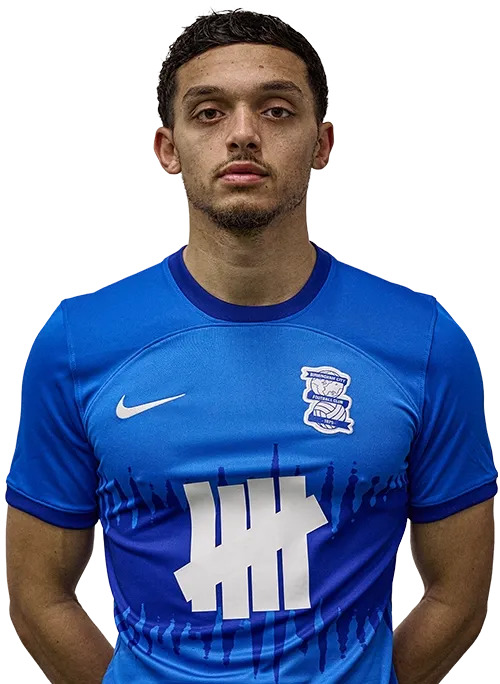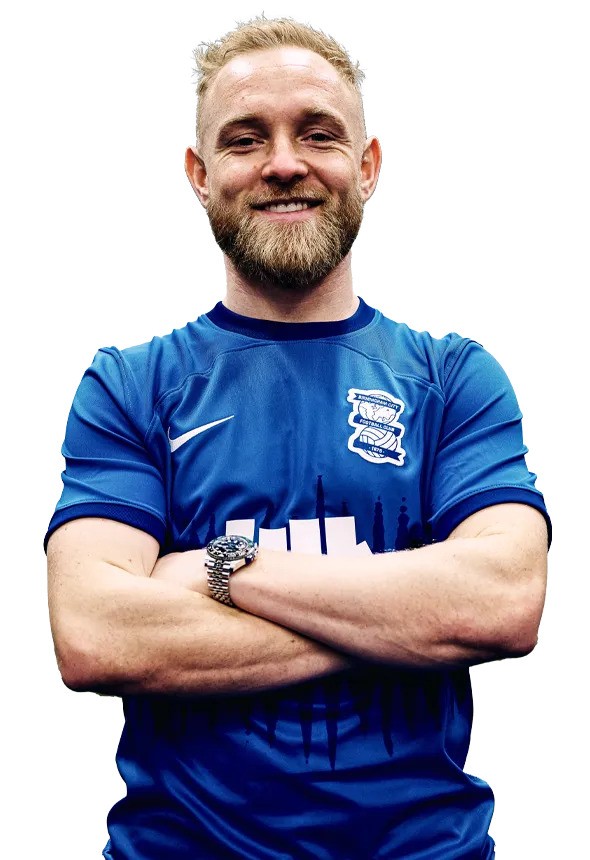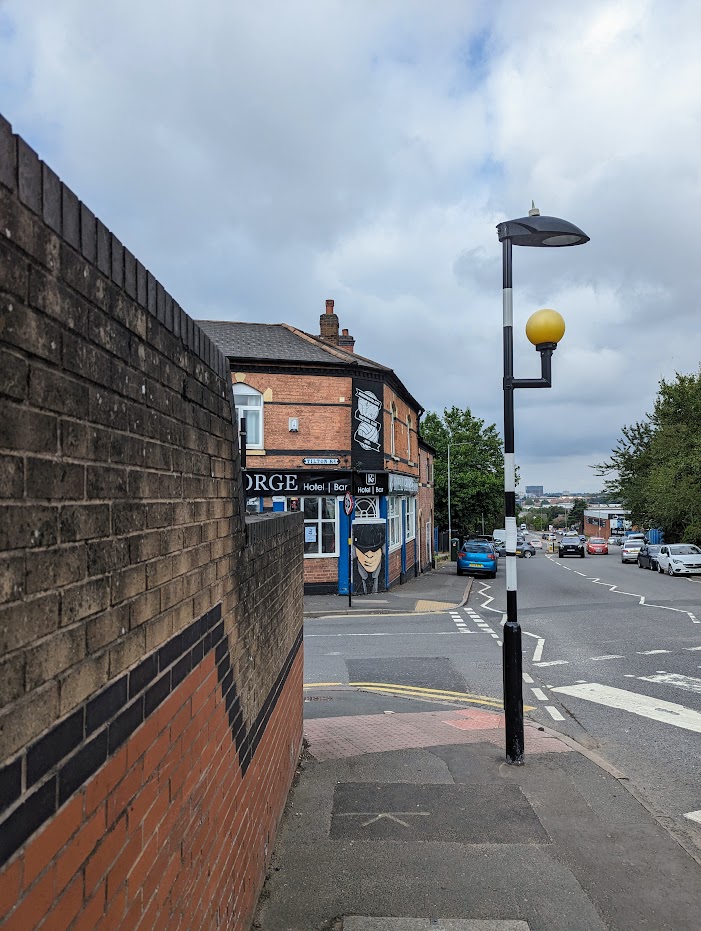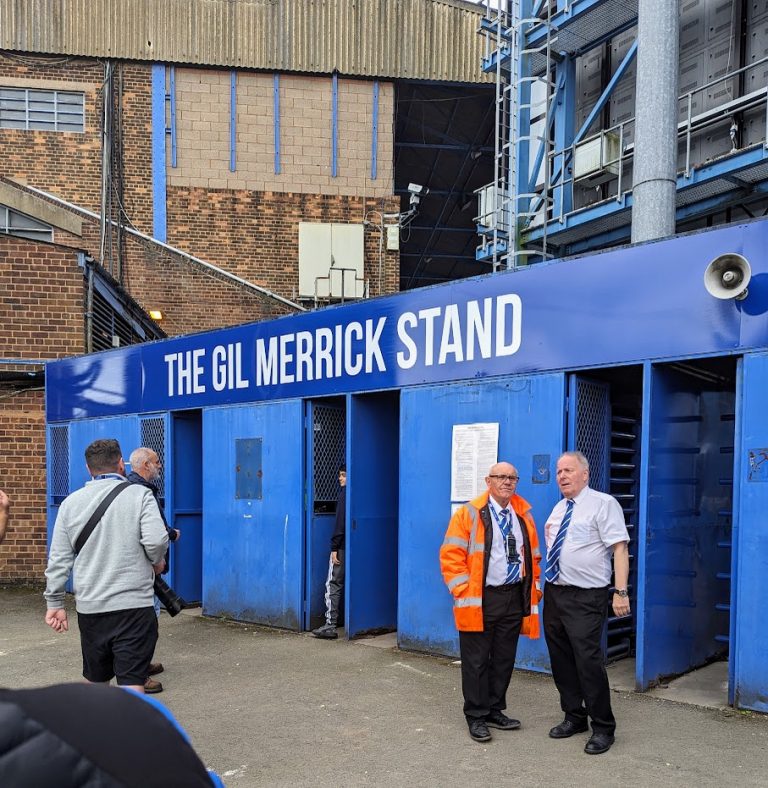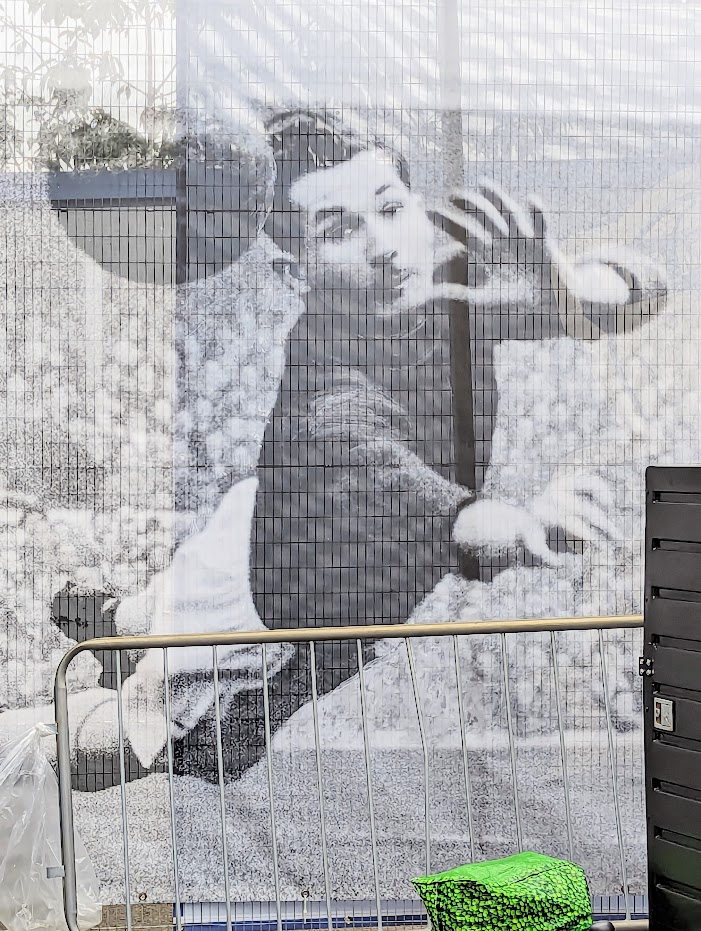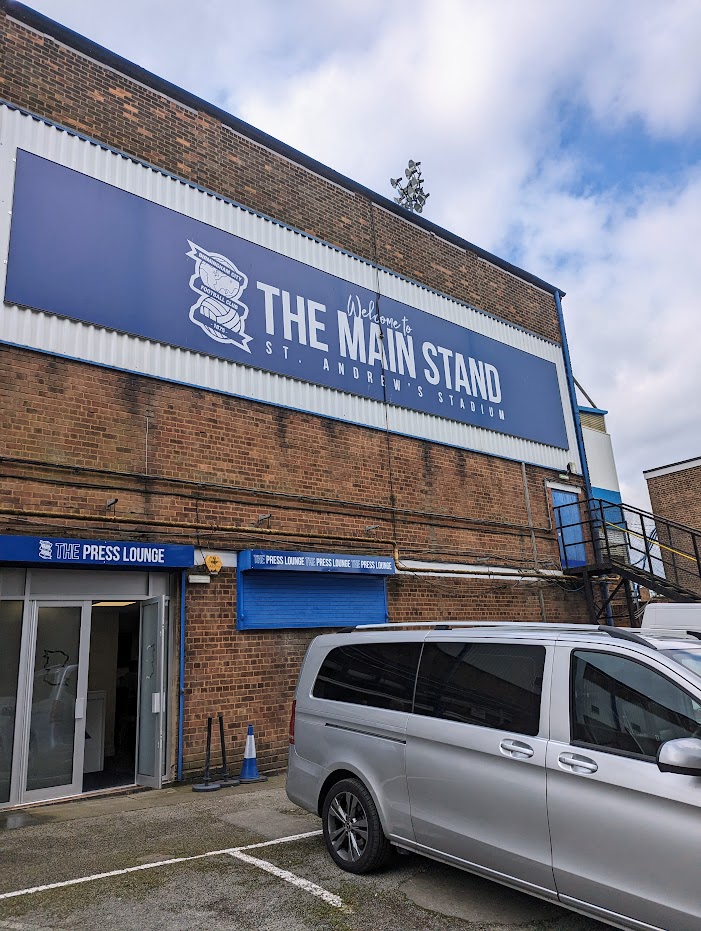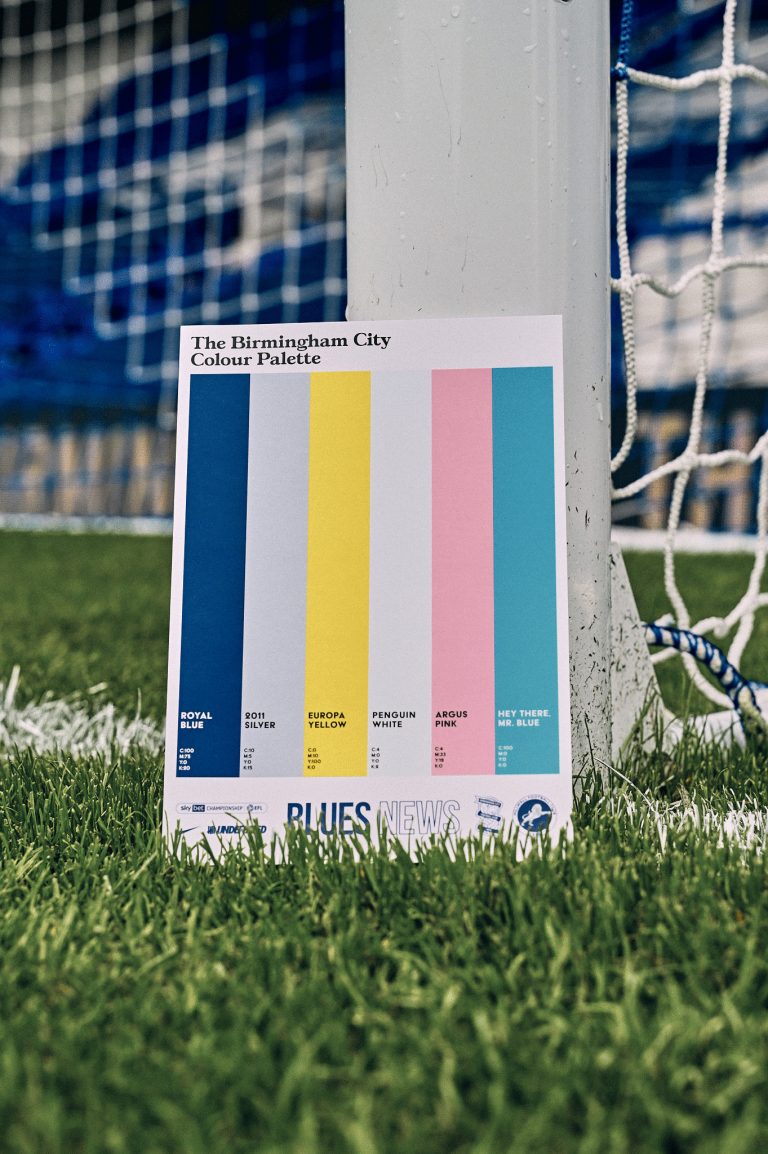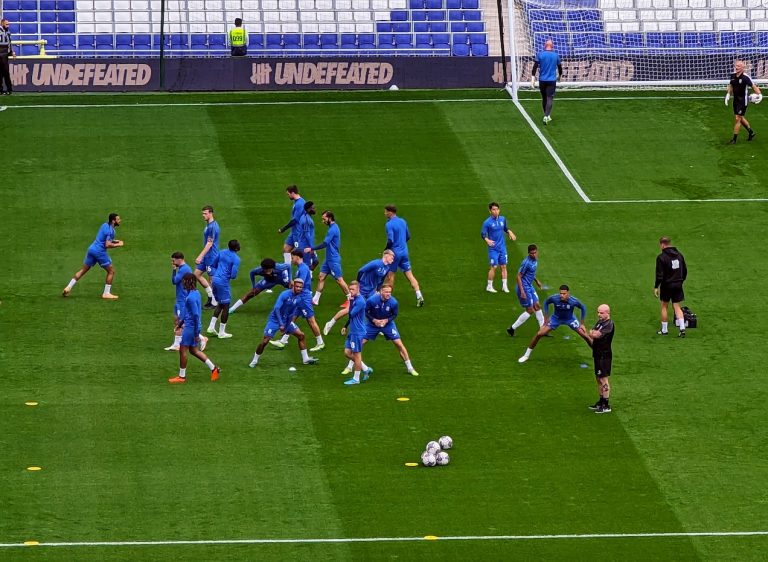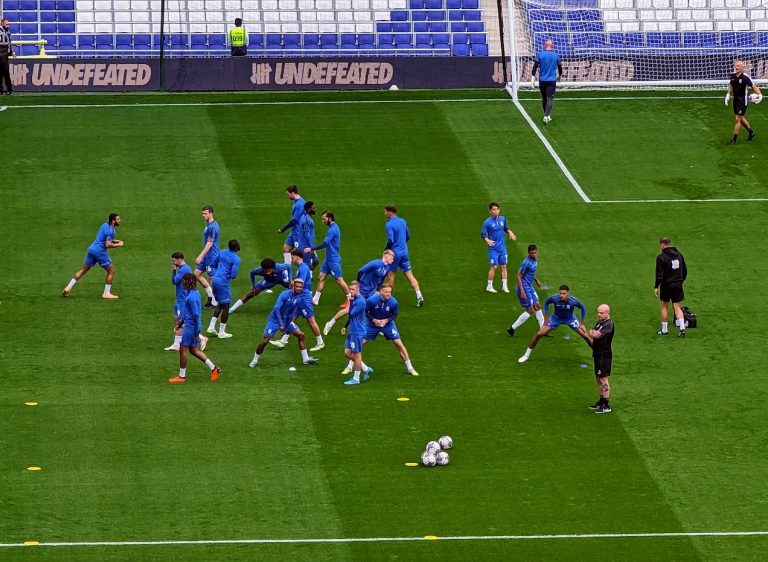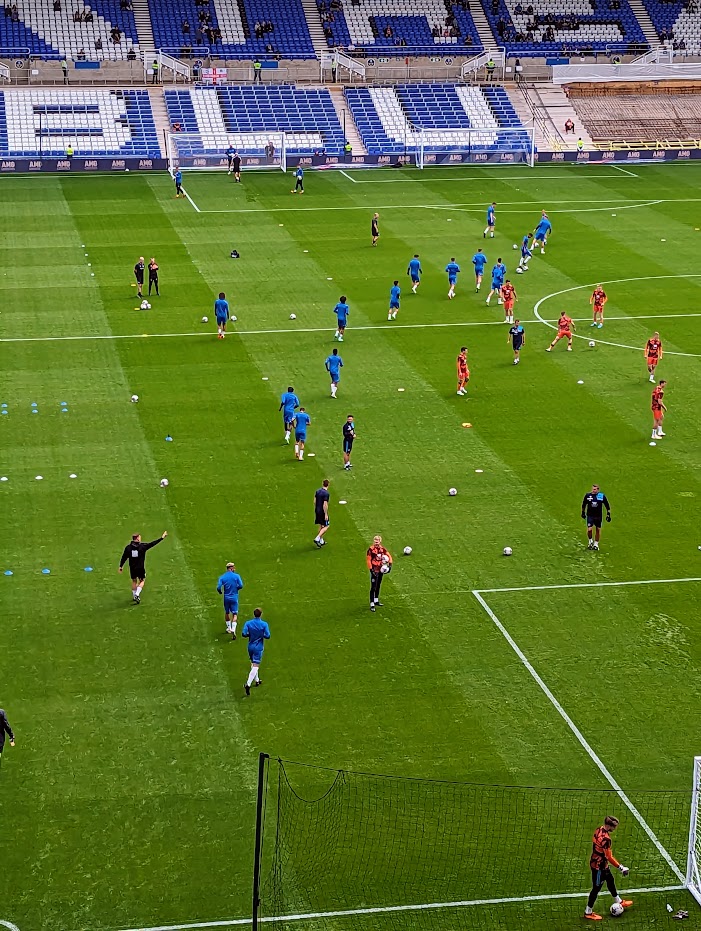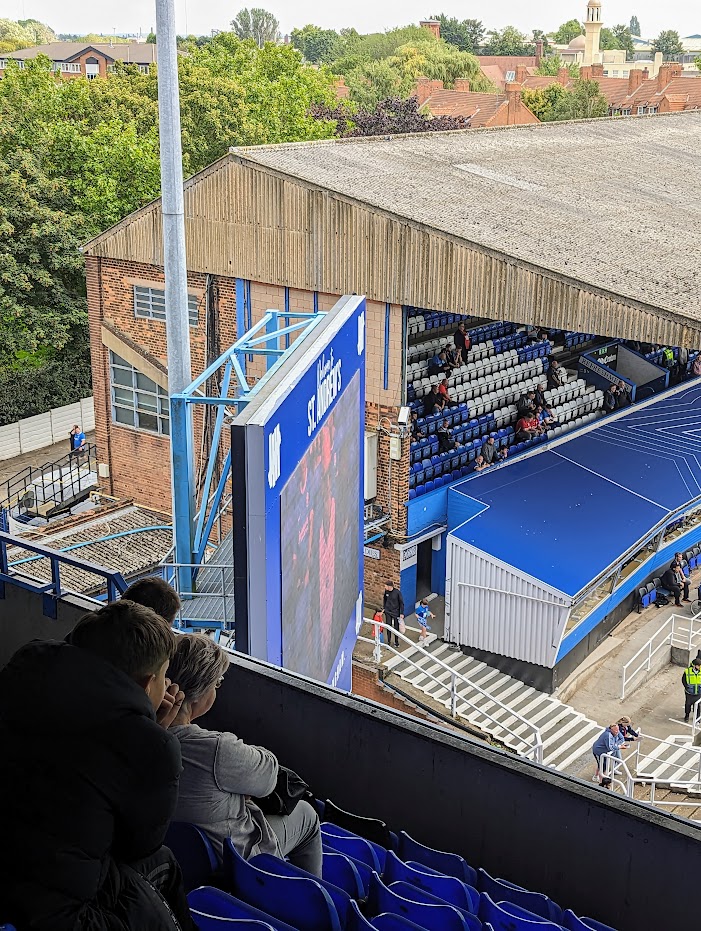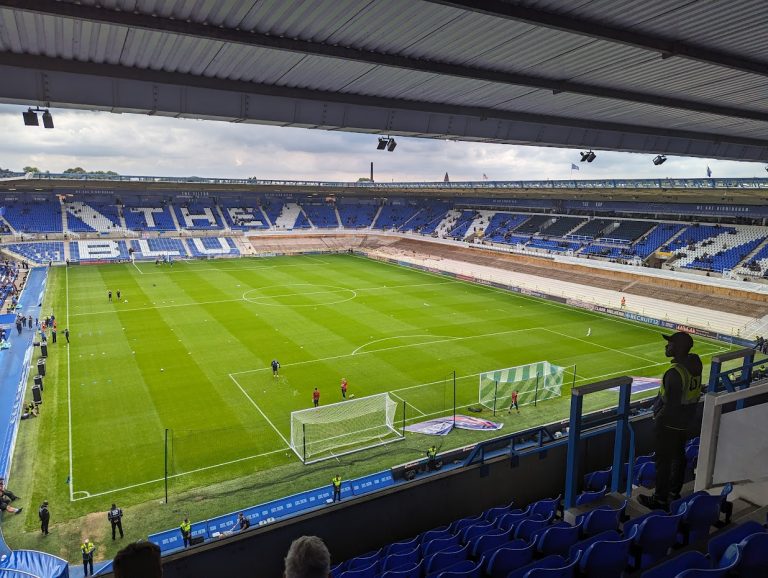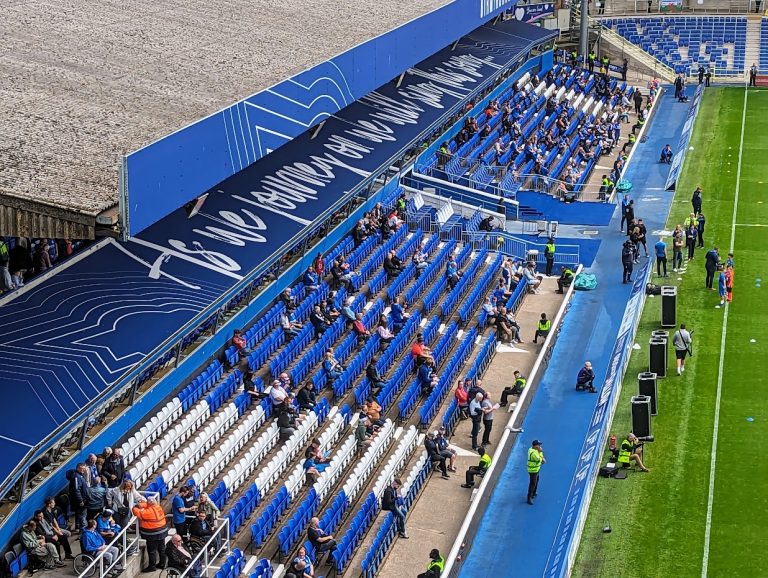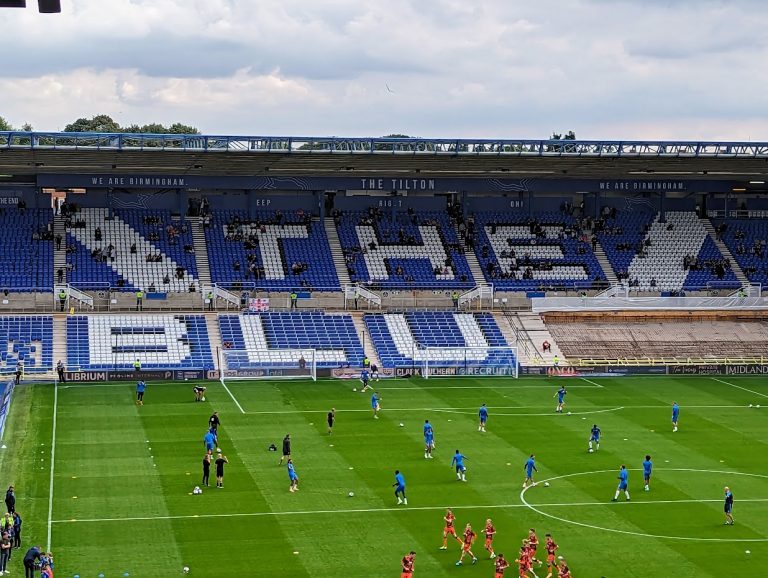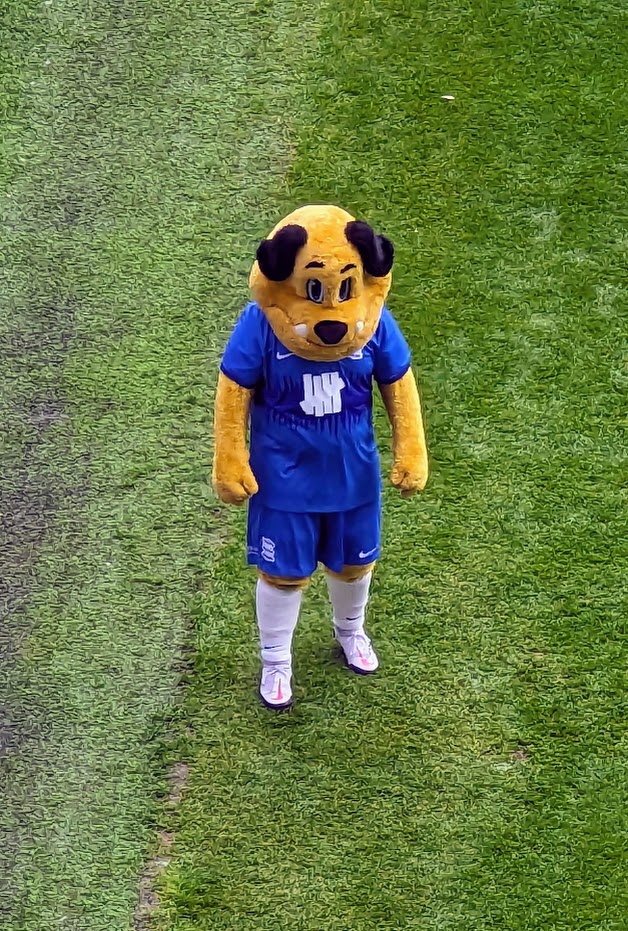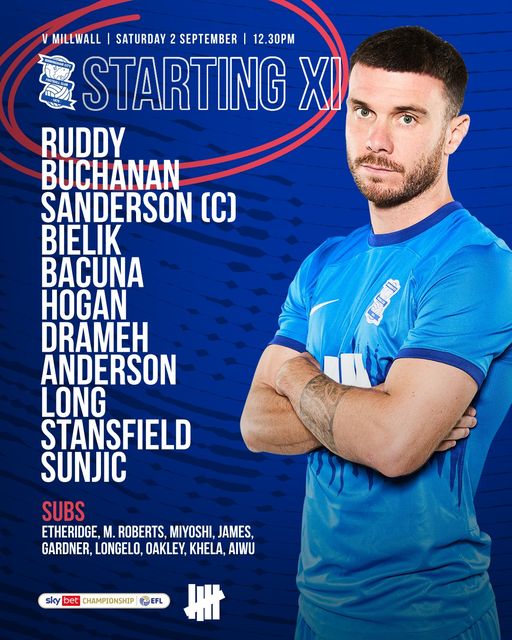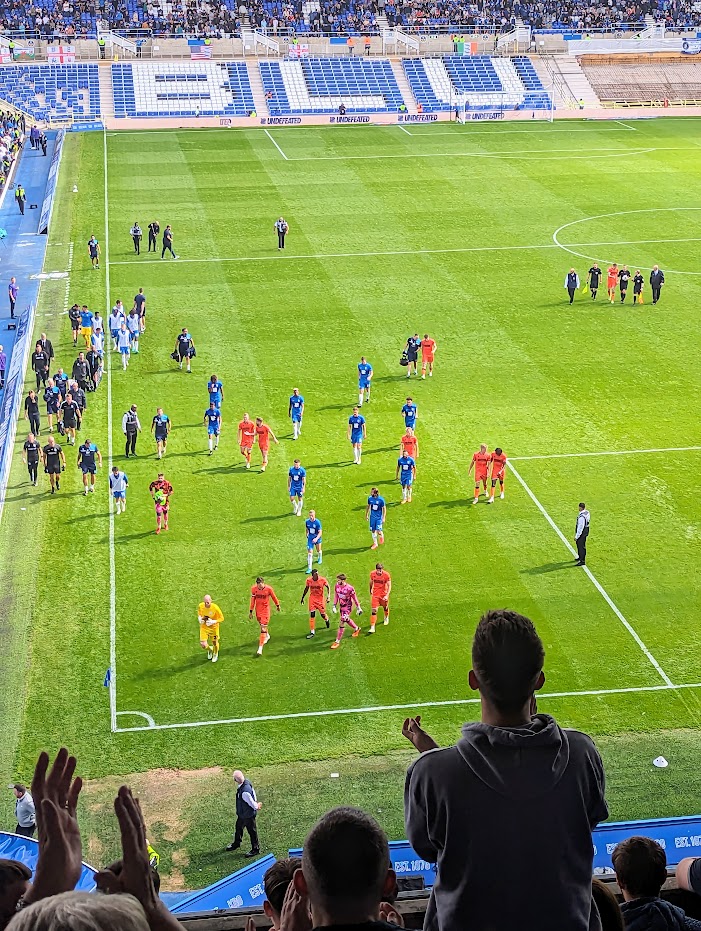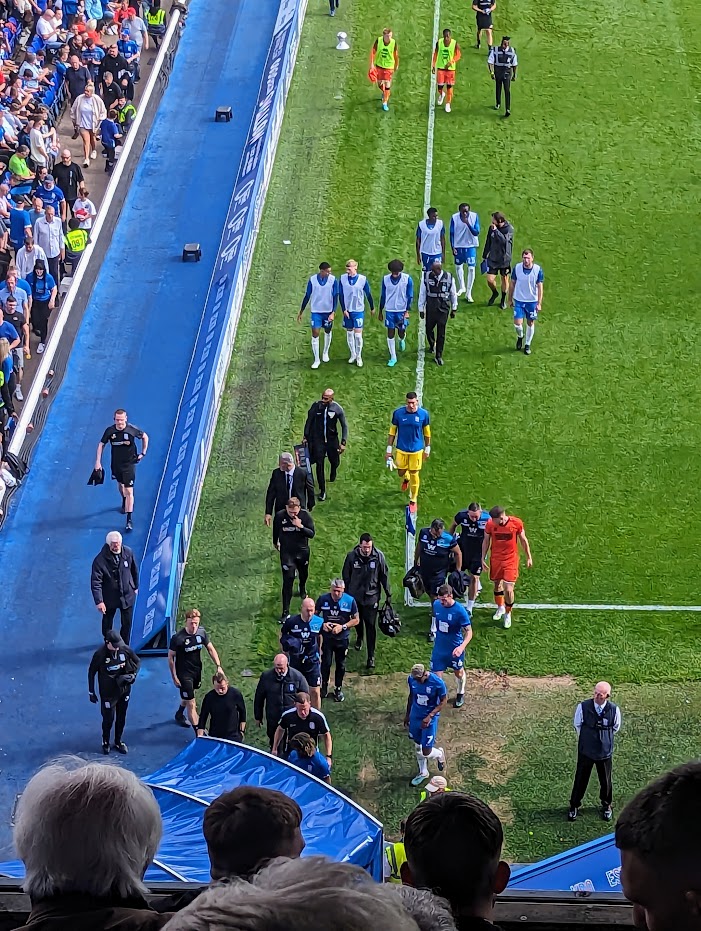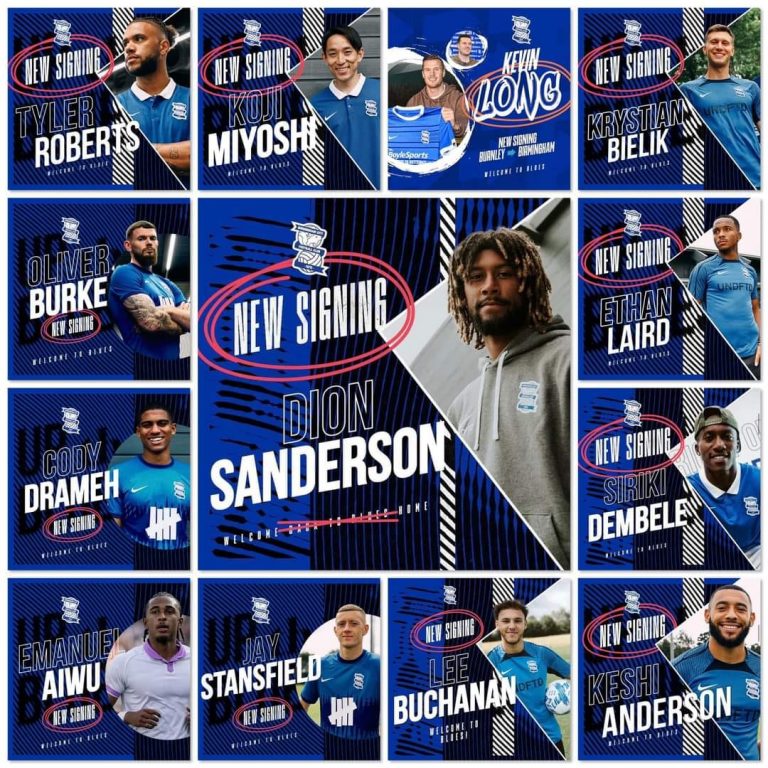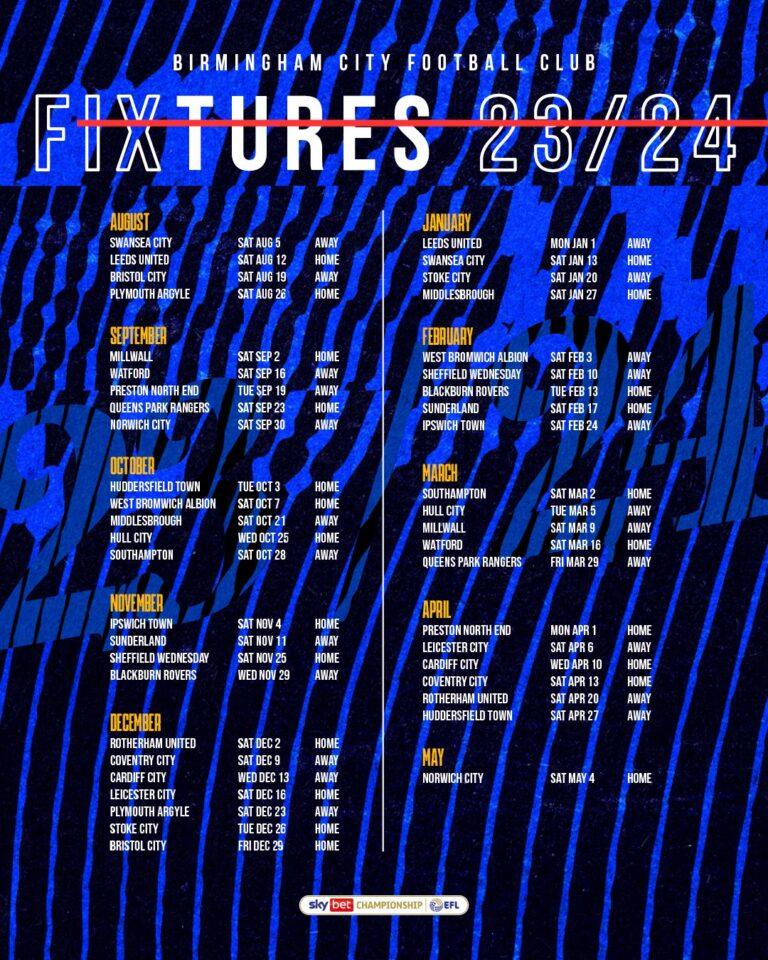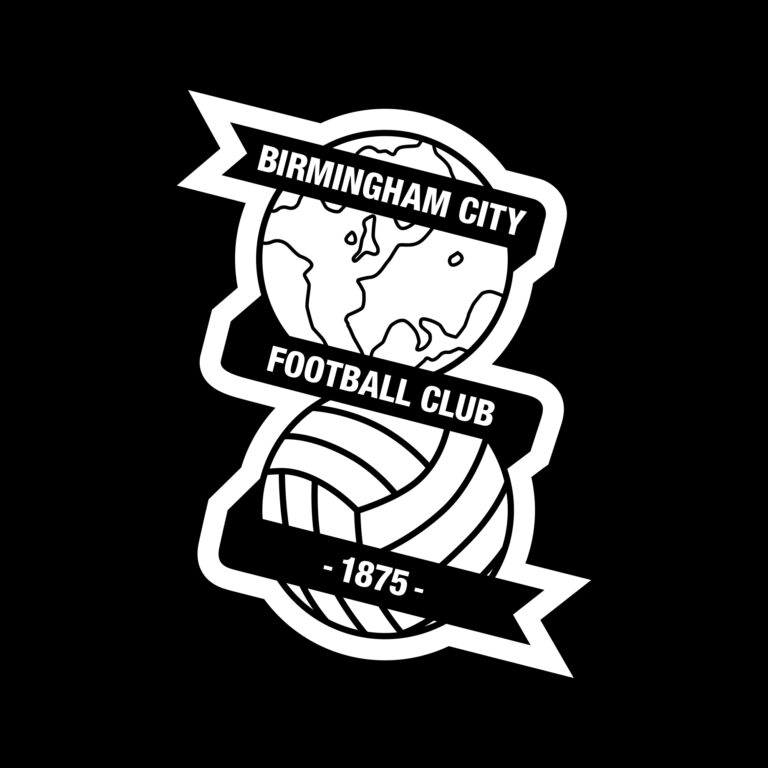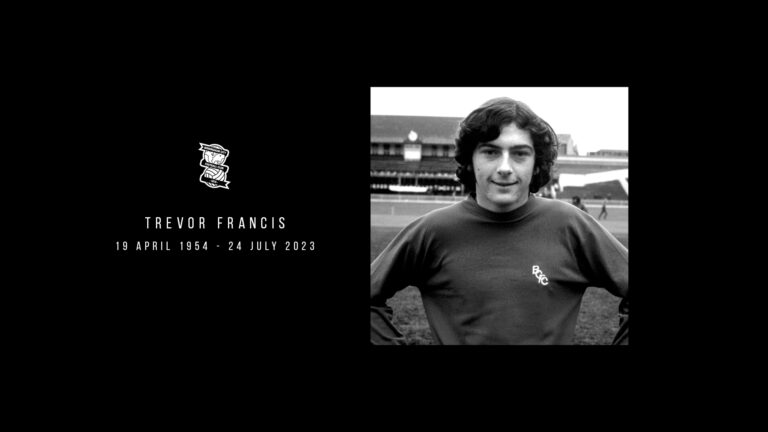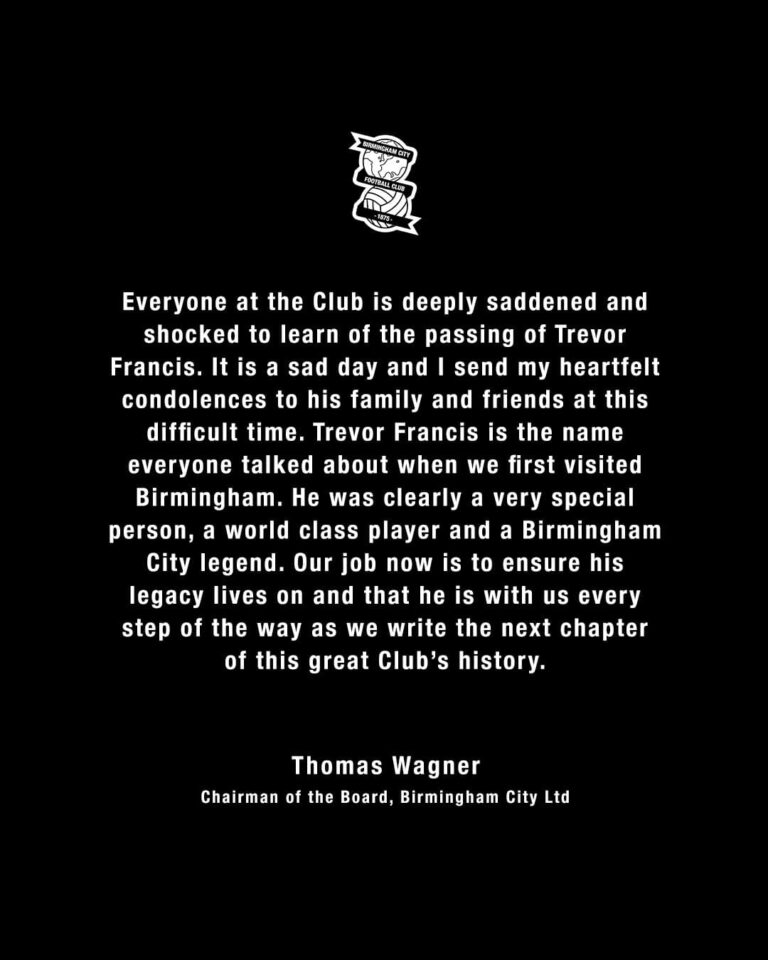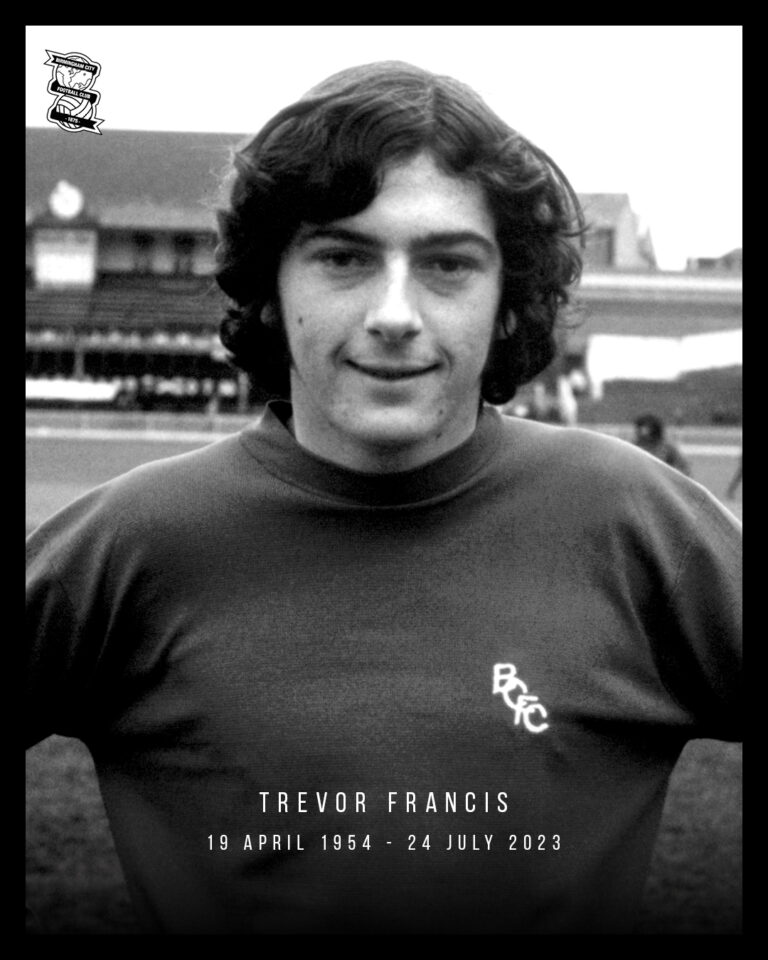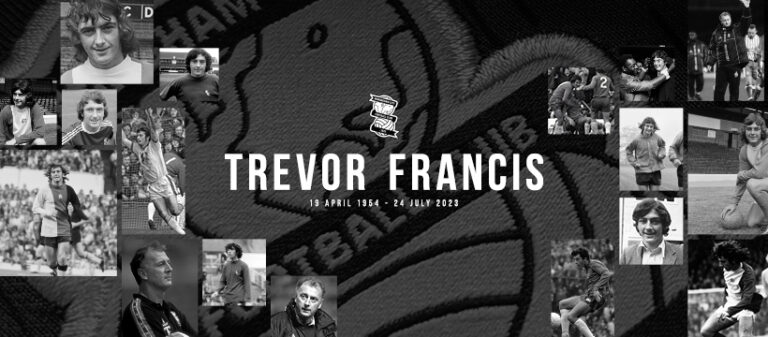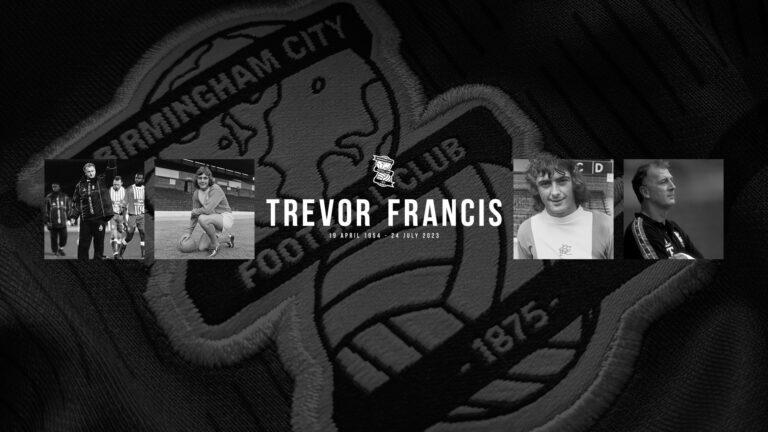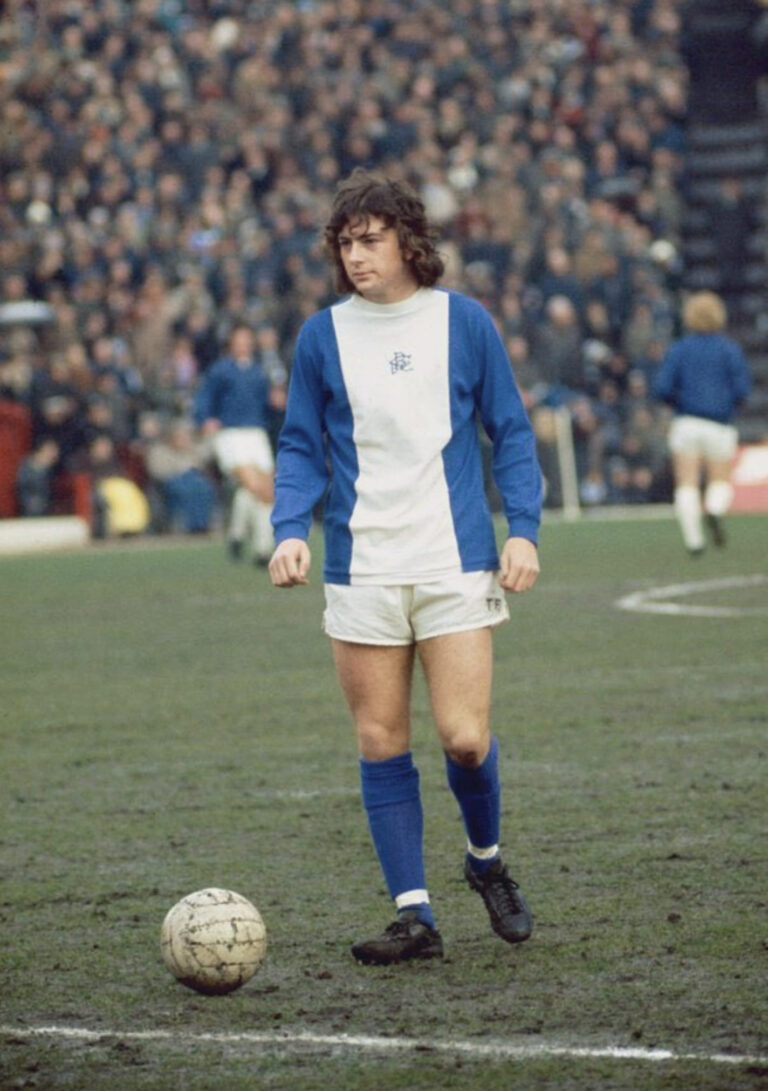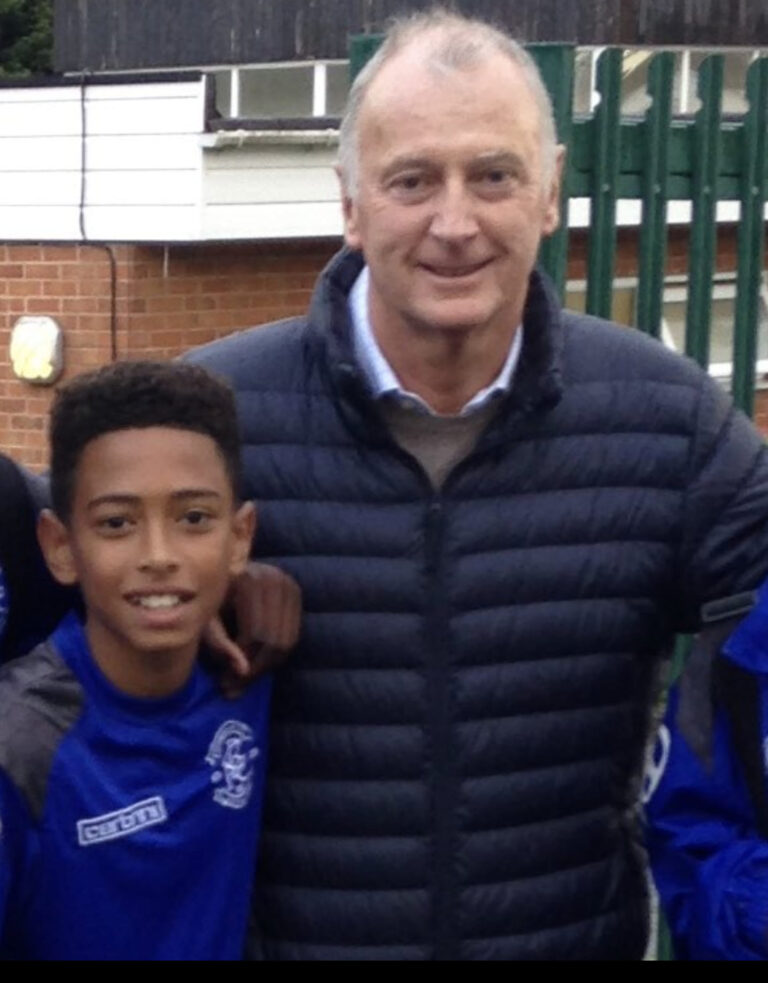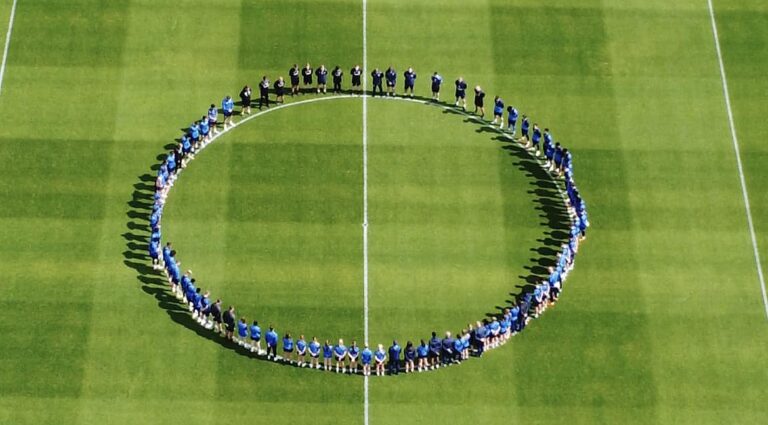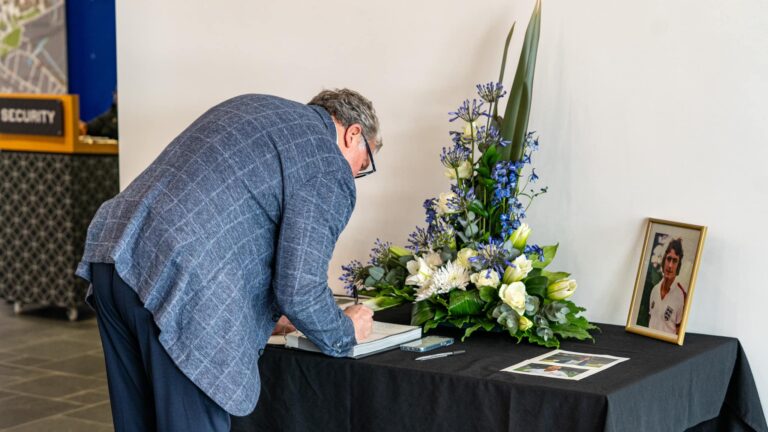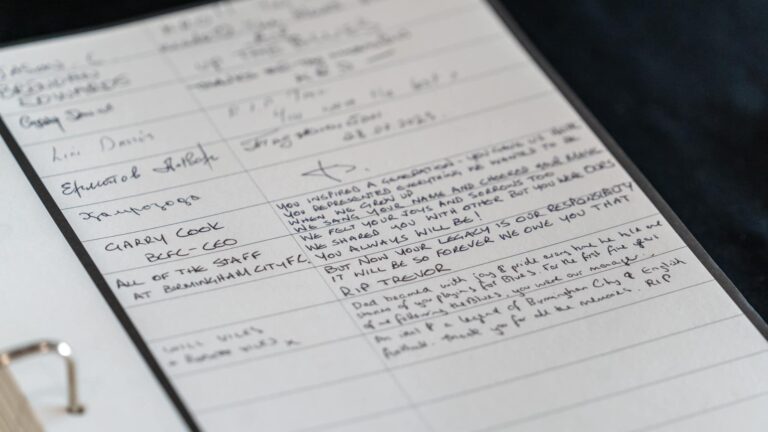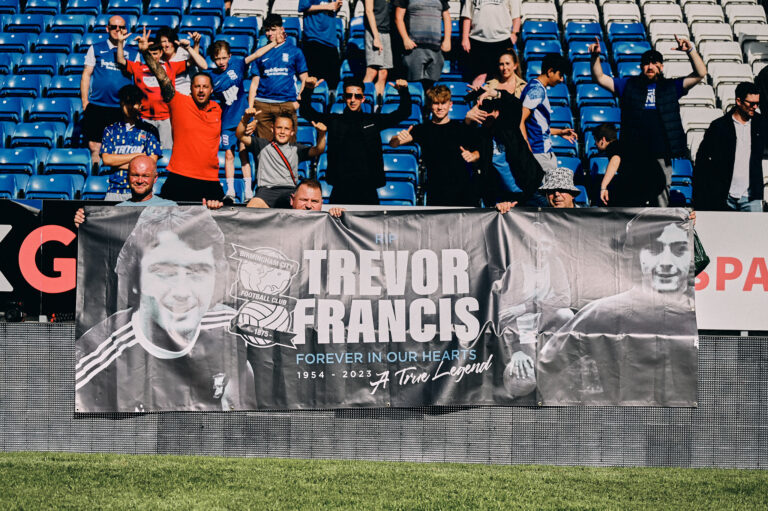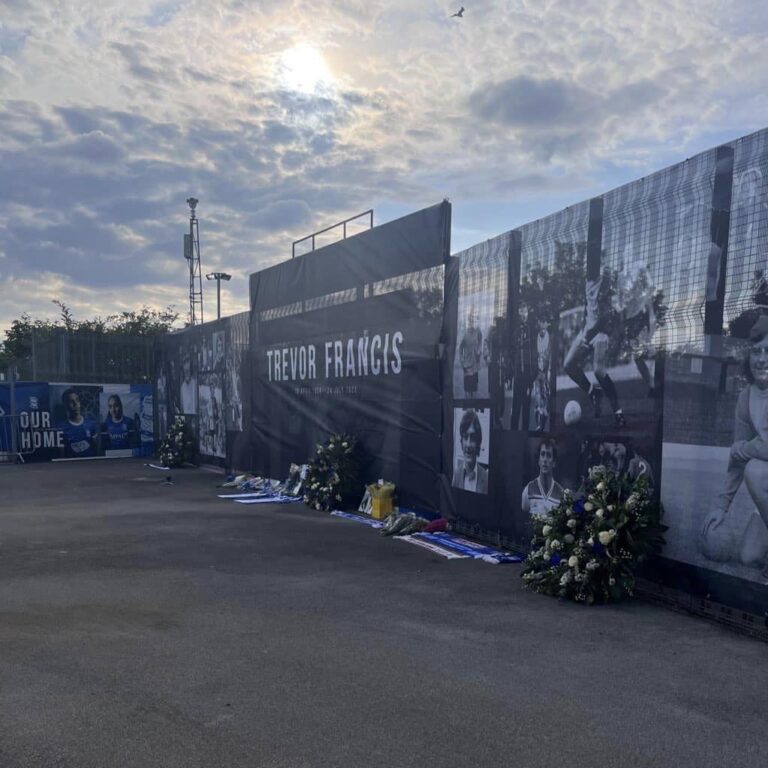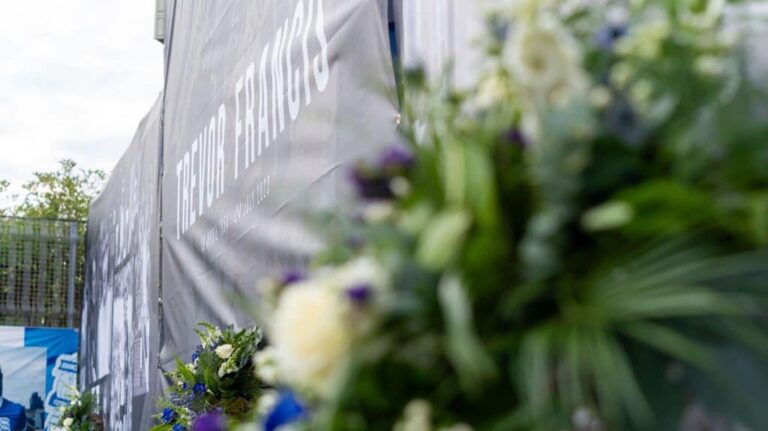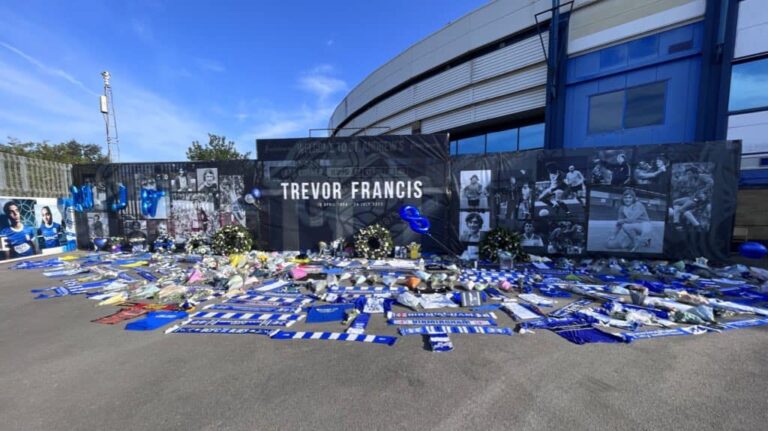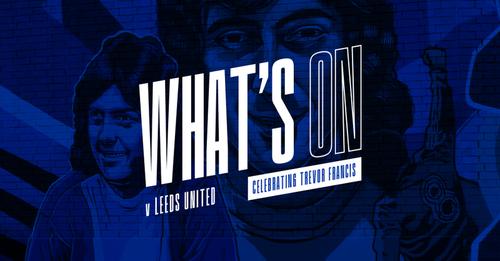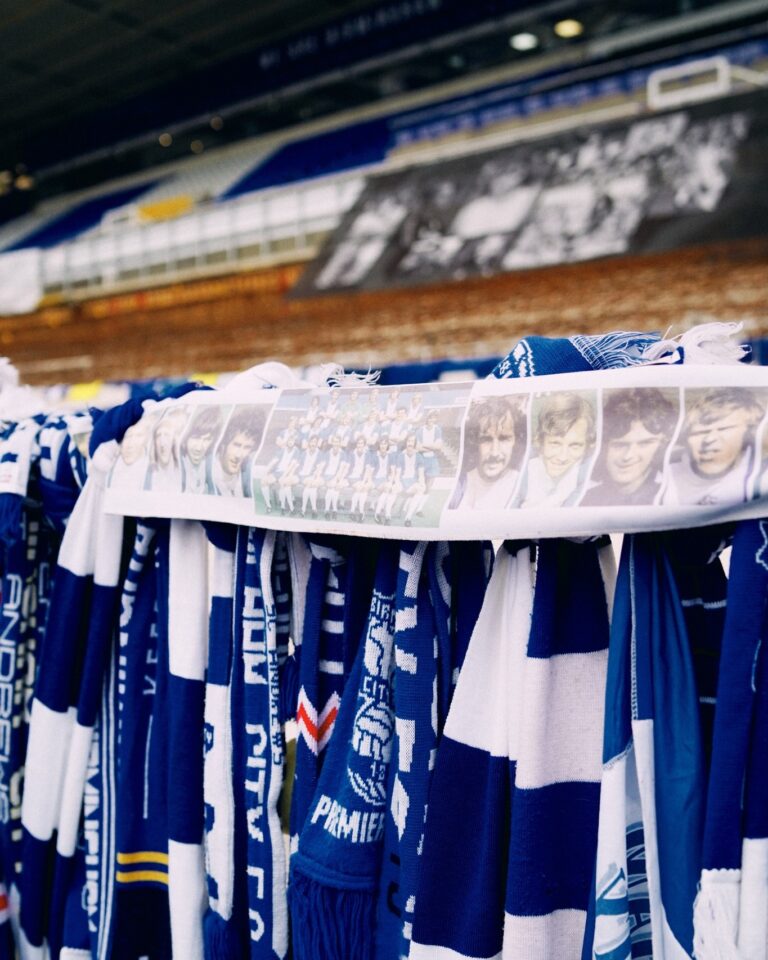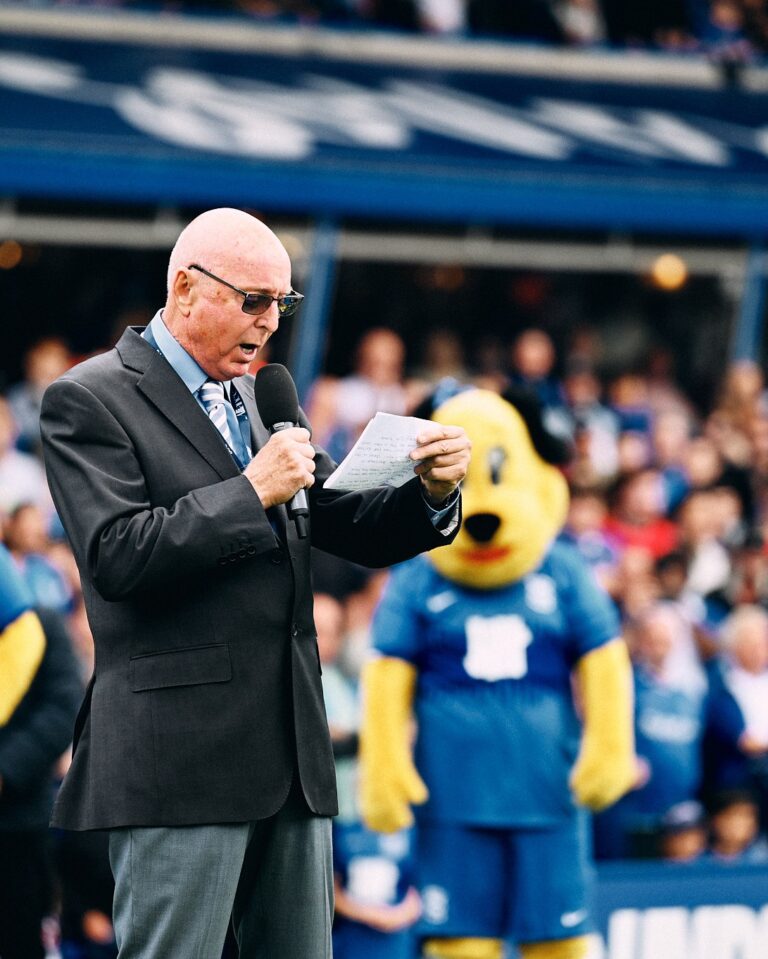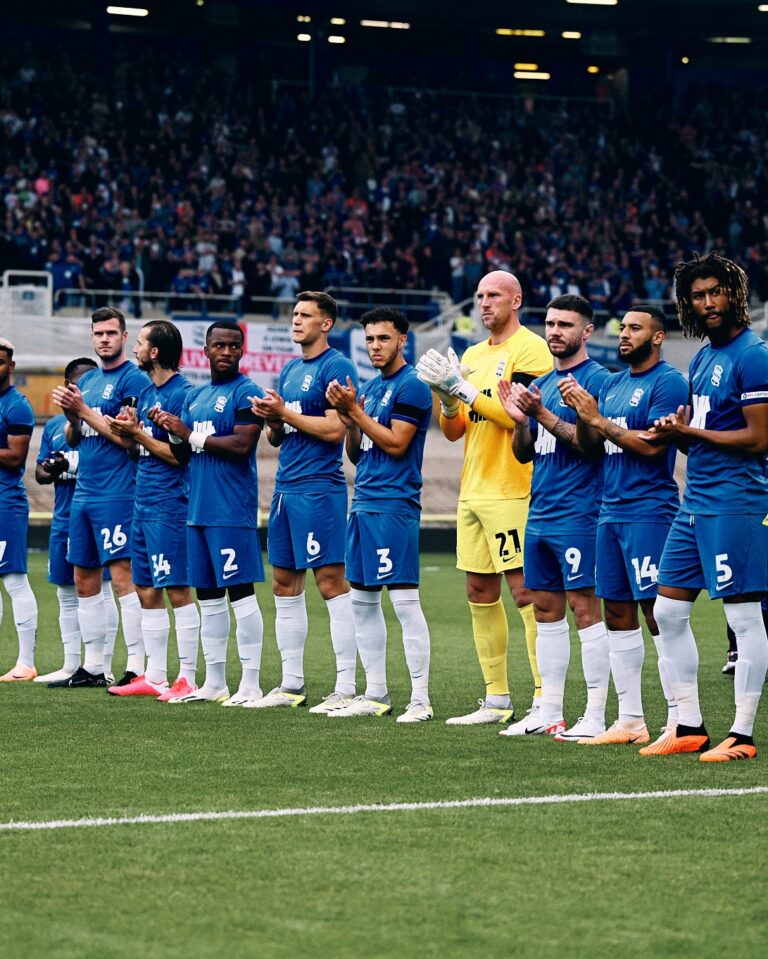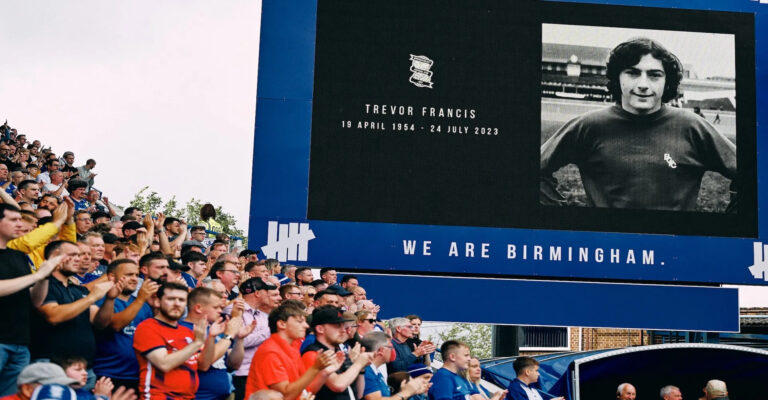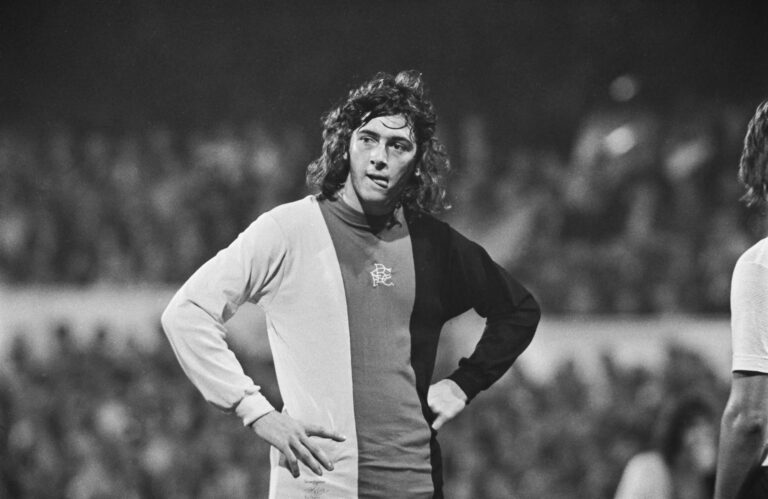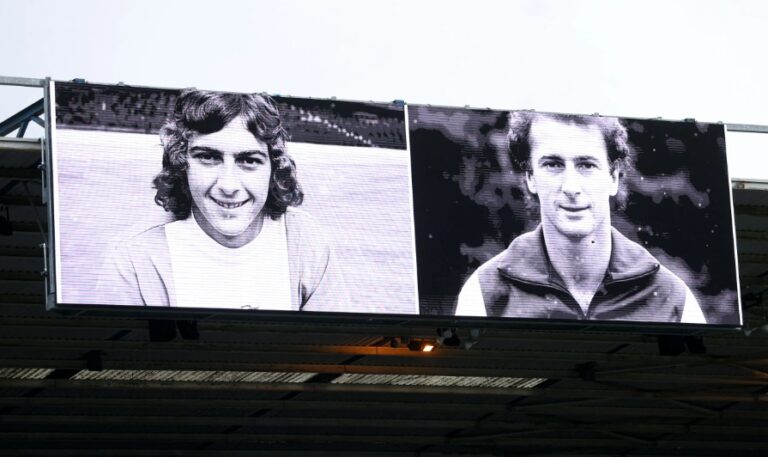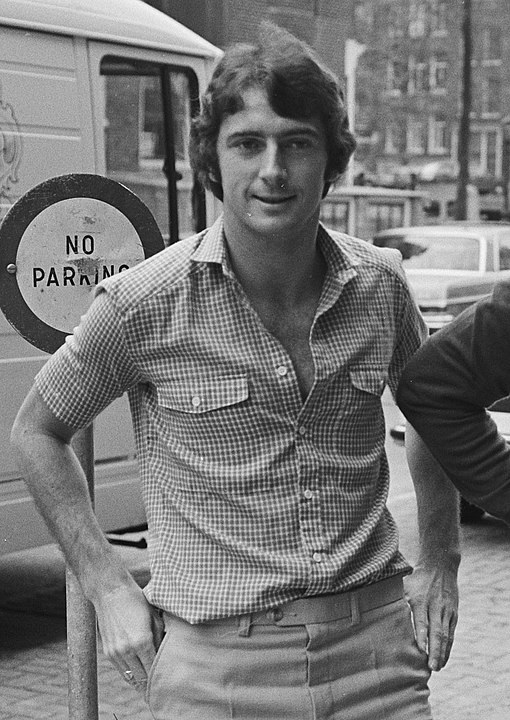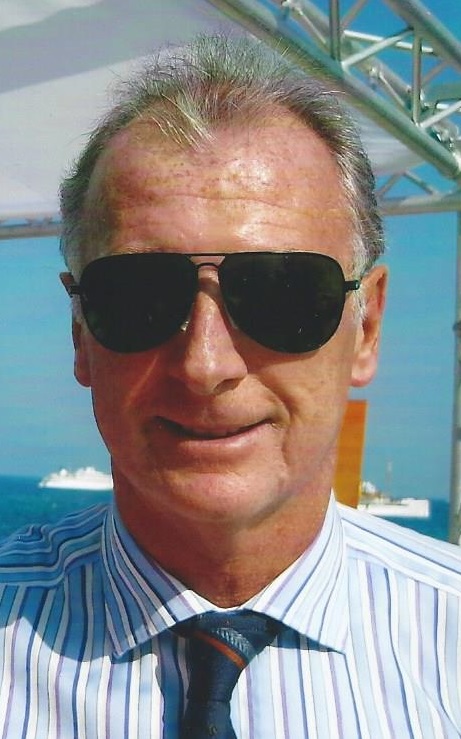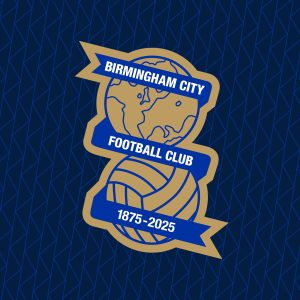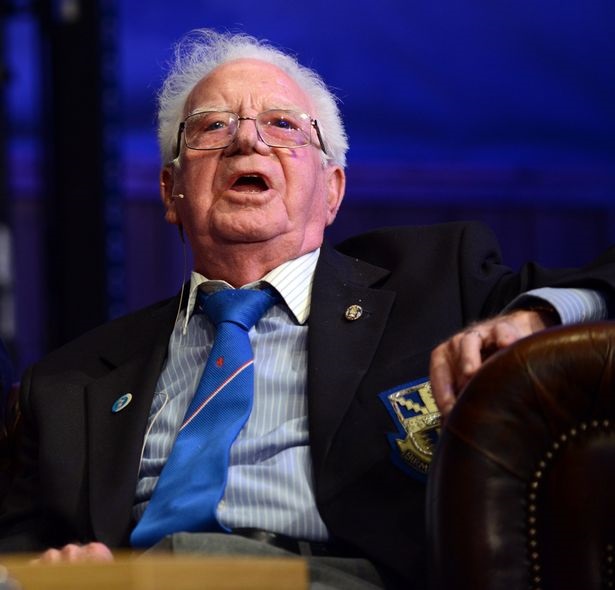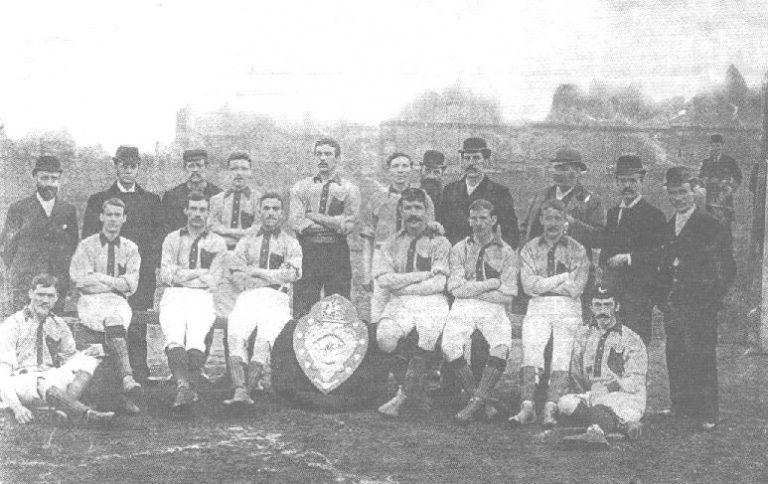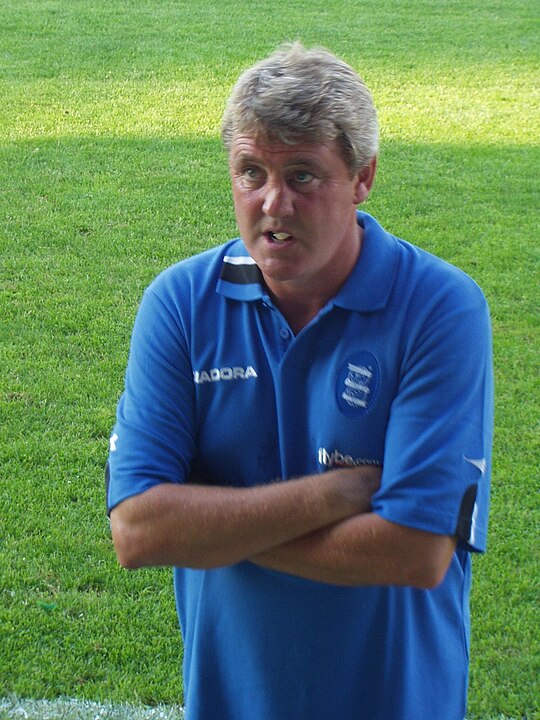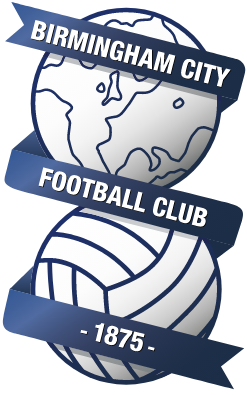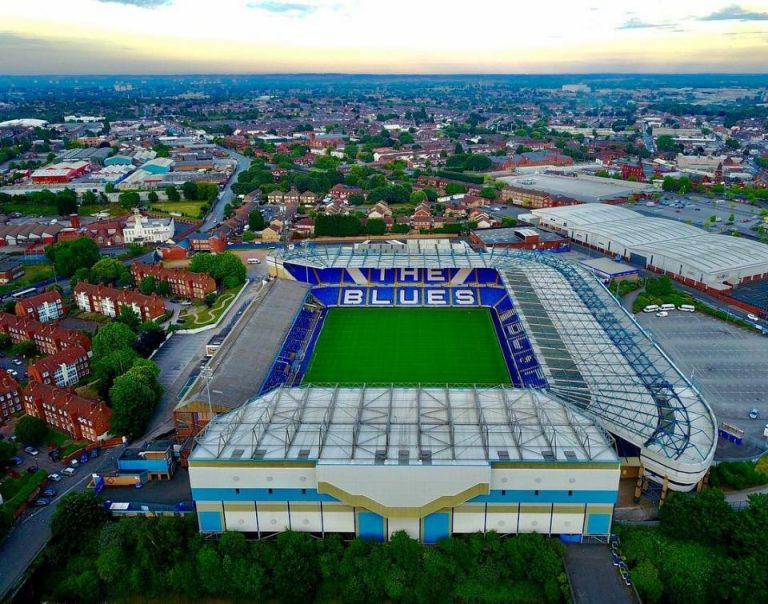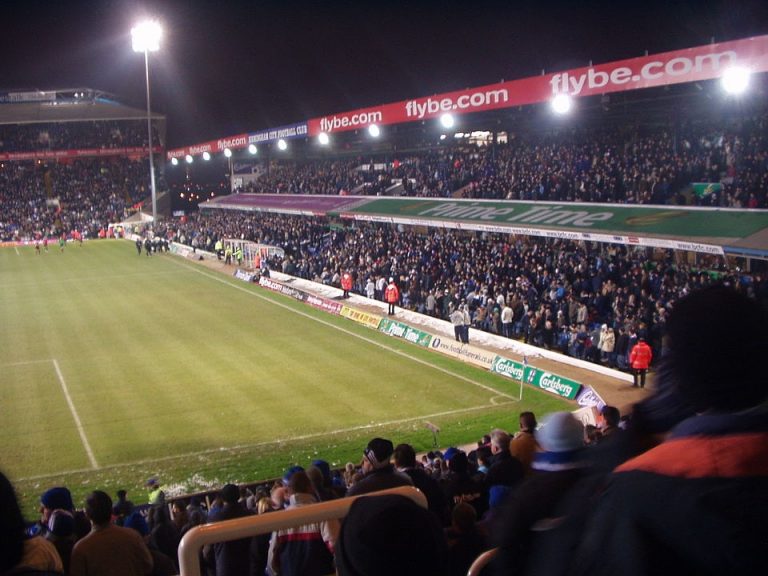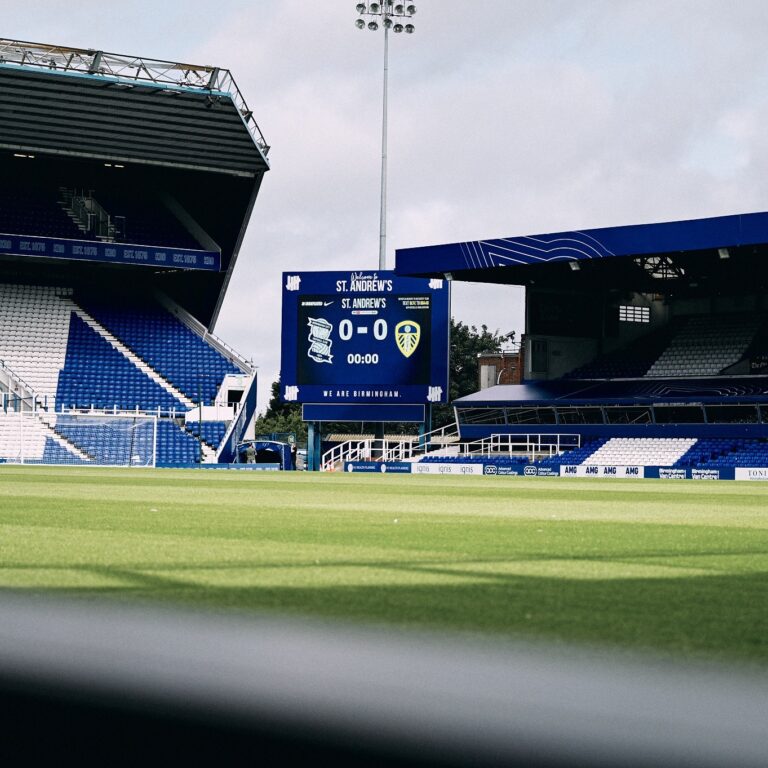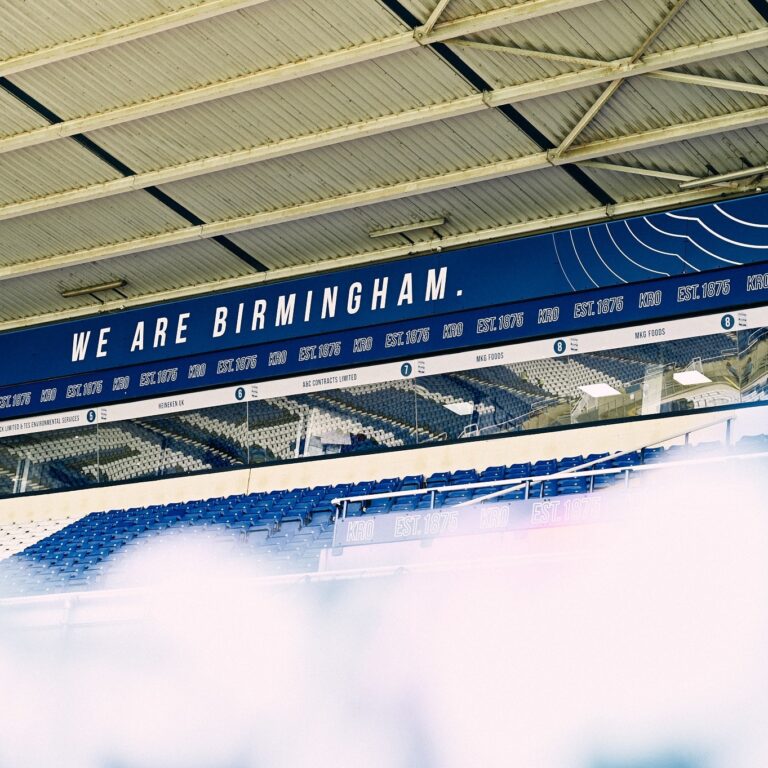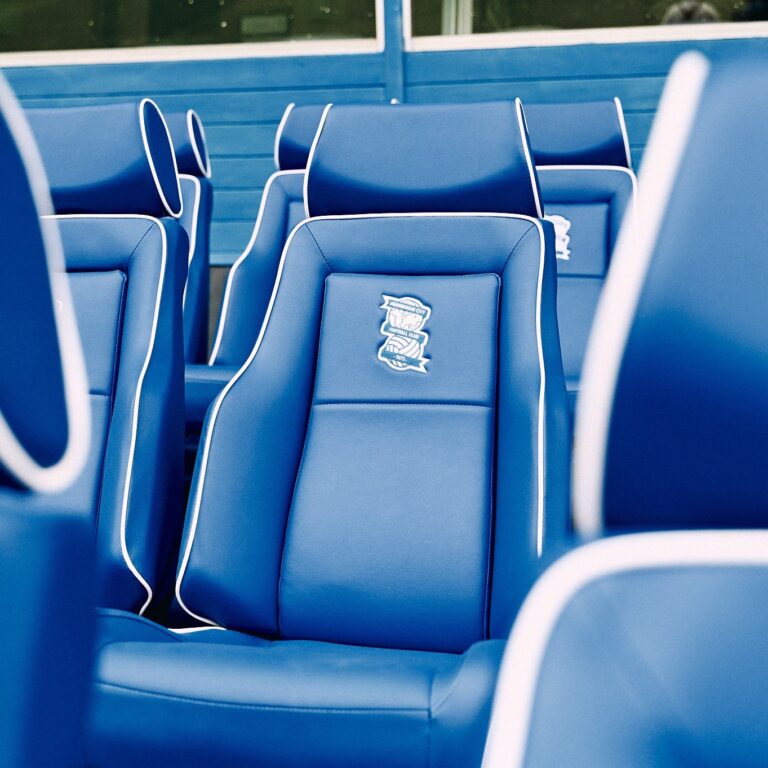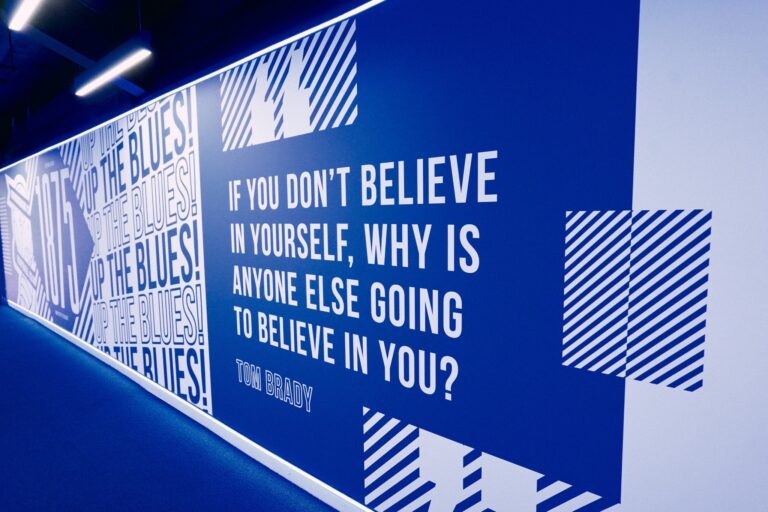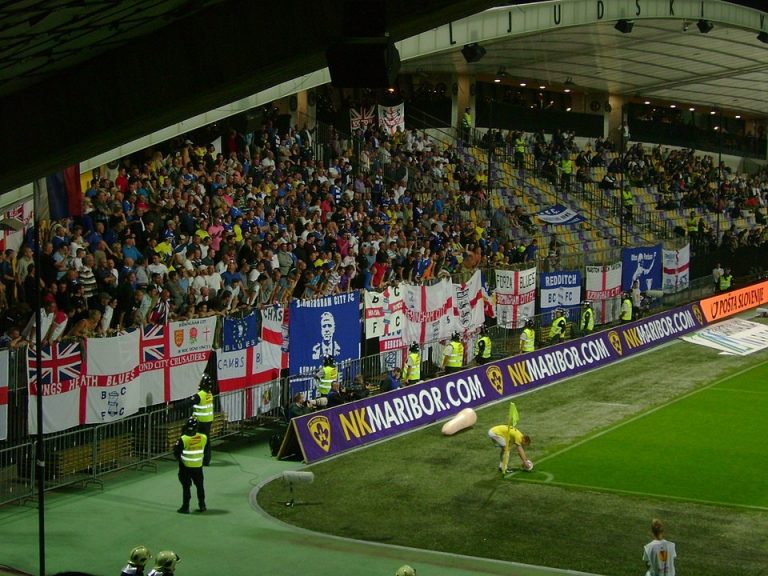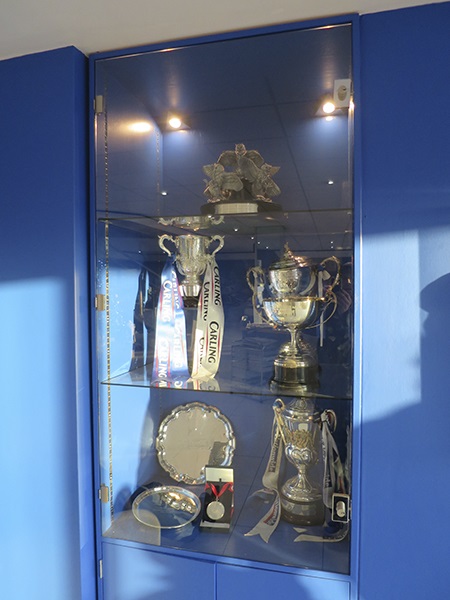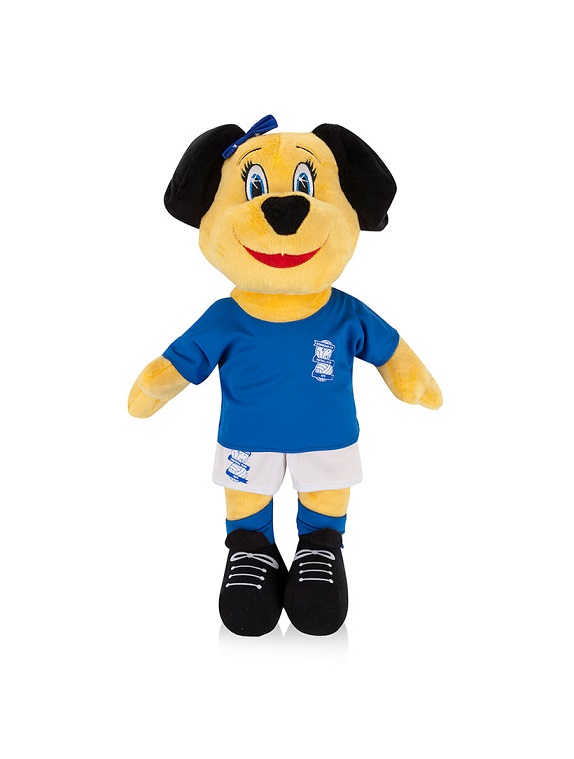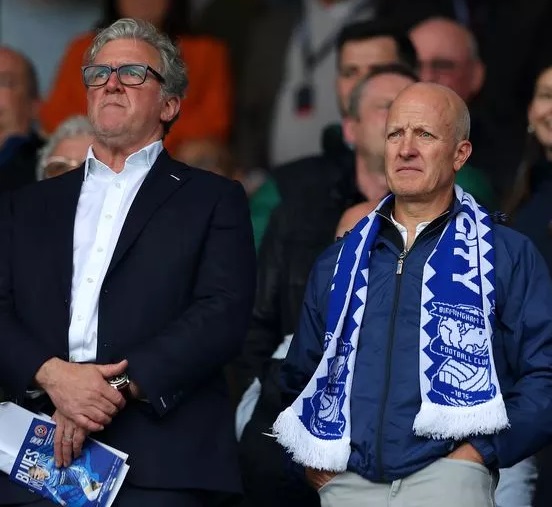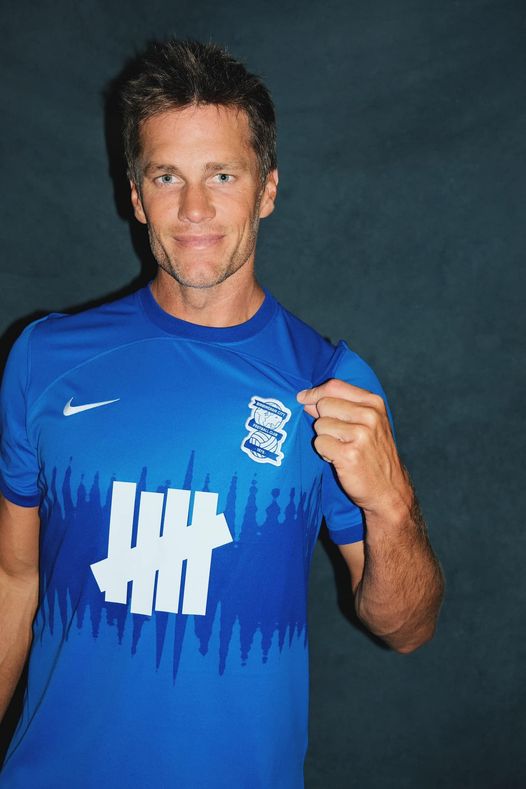Small Heath F.C. became a limited company in 1888. Its first share issue was to the value of £650. The board was made up of local businessmen and dignitaries until 1965, when the club was sold to Clifford Coombs. By the mid-1980’s the club was in financial trouble. Control passed from the Coombs family to former Walsall F.C. chairman Ken Wheldon, who cut costs, made redundancies, and sold off assets, including the club’s training ground. Still unable to make the club pay, Wheldon sold it to the Kumar brothers, owners of a clothing chain. Debt was still increasing when matters came to a head; the collapse of the Bank of Credit and Commerce International (BCCI) put the Kumars’ businesses into receivership. The club continued in administration for four months until Sport Newspapers’ proprietor David Sullivan bought the Kumars’ 84% holding for £700,000 from BCCI’s liquidator in March 1993. Birmingham City plc, of which the football club was a wholly owned subsidiary, was floated on the Alternative Investment Market (A.I.M.) in 1997 with an issue of 15 million new shares, raising £7.5 million of new investment. It made a pre-tax profit of £4.3M in the year ending on the 31st of August 2008.
In July 2007, Hong Kong businessman Carson Yeung, via the Hong Kong Stock Exchange (S.E.H.K.)-listed company Grandtop International Holdings Limited (G.I.H.), bought 29.9% of the plc from its directors. Although his intention to take full control of the club initially came to nothing, G.I.H. completed the purchase in October 2009 at a total cost of £81.5M, re-registered the club as a private company, and renamed the holding company Birmingham International Holdings (B.I.H.).
Trading in B.I.H. shares was suspended in June 2011 after Yeung’s arrest on charges of money laundering. Publication of financial results was repeatedly delayed, which led the Football League to impose a transfer embargo, and offers for the club were entertained from 2012 onwards. After Yeung resigned his positions with both club and company in early 2014, share trading resumed, and following his conviction, efforts intensified to dispose of the club, which had to be done piecemeal in order to retain B.I.H.’s share listing.
Going into 2015, the Football League made public their concerns over Yeung’s attempts to impose his choice of directors on the B.I.H.L. board despite his conviction disqualifying him from exerting influence over a club. Relationships became increasingly factional, as illustrated by the failure of three directors, including the club’s de facto chief executive Panos Pavlakis, to gain re-election, followed the next day by their reinstatement. On the 17th of February, 2015, the board voluntarily appointed receivers from accountants Ernst & Young to take over management of the company. Their statement stressed that no winding-up petition had been issued and the company was not in liquidation.
In June 2015, the receivers struck deals with the previous major shareholders such that legal action against them would be dropped in return for their agreement not to obstruct any transfer of ownership to their preferred bidder, the British Virgin Islands-registered investment vehicle Trillion Trophy Asia (T.T.A.), wholly owned by Chinese businessman Paul Suen Cho Hung, who in turn agreed that the company would not be sold on within two years. The process was completed in October 2016, leaving T.T.A. owning 50.64% of BIH’s share capital, a level of ownership that required them to make an offer for the remainder.
To keep the company running, T.T.A. arranged loans which it settled with discounted shares to the same value; the process of creating such shares diluted the percentage holding of all shareholders. Attempts to diversify the company’s holdings to make it less reliant on the football club were similarly funded. To reduce the club’s losses in light of breaches of the EFL’s Profitability and Sustainability Regulations, the stadium was sold for £22.8 million to Birmingham City Stadium Ltd, a new company wholly owned by the football club’s parent, and would be leased back to the club. In December 2020, 21.64% of the club and 25% of Birmingham City Stadium were sold to Vong Pech’s Oriental Rainbow, and in April 2021, the remaining 75% of the stadium was sold.
A June 2022 attempt to purchase the club by a group fronted by former Watford F.C. owner Laurence Bassini, involving financier Keith Harris and money loaned by David Sullivan, came to nothing. A consortium led by fashion industry businessman Paul Richardson and Argentine former footballer Maxi López announced in July that they were close to completing the purchase of a stake in the club, and later confirmed that they were providing operating funds, but pulled out in December citing a failure to agree revisions to the original terms of agreement. In April 2023, Richardson, López and their proposed chief executive, former Charlton Athletic chairman Matt Southall, were sanctioned by the EFL after admitting to breaching regulations by taking effective control of the club without approval.
In April 2023, Birmingham Sports Holdings confirmed letters of intent had been signed to sell 24% of Birmingham City plc shares held by themselves and the 21.64% owned by Oriental Rainbow, as well as the whole of Birmingham City Stadium Ltd, to a then-unnamed potential purchaser, definitive agreements to be reached within a two-month exclusivity period. The purchaser was named Shelby Companies Ltd, a subsidiary of asset management company Knighthead Capital Management fronted by Tom Wagner, Knighthead’s co-founder and co-C.E.O. The agreements were subject to approval by the English Football League (E.F.L.), which was forthcoming in early June, and by the Hong Kong Stock Exchange (H.K.S.E.), and an extraordinary general meeting (E.G.M.) on the 13th of July, 2023, voted overwhelmingly to accept. Although B.S.H. retains 51% of the shares, Wagner confirmed that Shelby was responsible for the operations of the club moving forward and that nothing about the way the transaction is structured would prevent them from obtaining the long-term goals they have for the club.
On the 14th of July, 2023, Wagner installed Garry Cook as C.E.O. of the club. A lifelong Birmingham City fan, Cook said, “The landscape of Birmingham is continuing to positively change. It’s young, multicultural and dynamic. It is time for the football club that bears its name, and shares its values, to add to this exciting story. With the support of Tom and the Knighthead team, and in partnership with the city of Birmingham, we aim to be world-class in everything that we do.”
On the 3rd of August, 2023, it was announced that N.F.L. legend Tom Brady would become a minority owner and chairman of a new advisory board at the club, in partnership with Knighthead Capital Management L.L.C.


